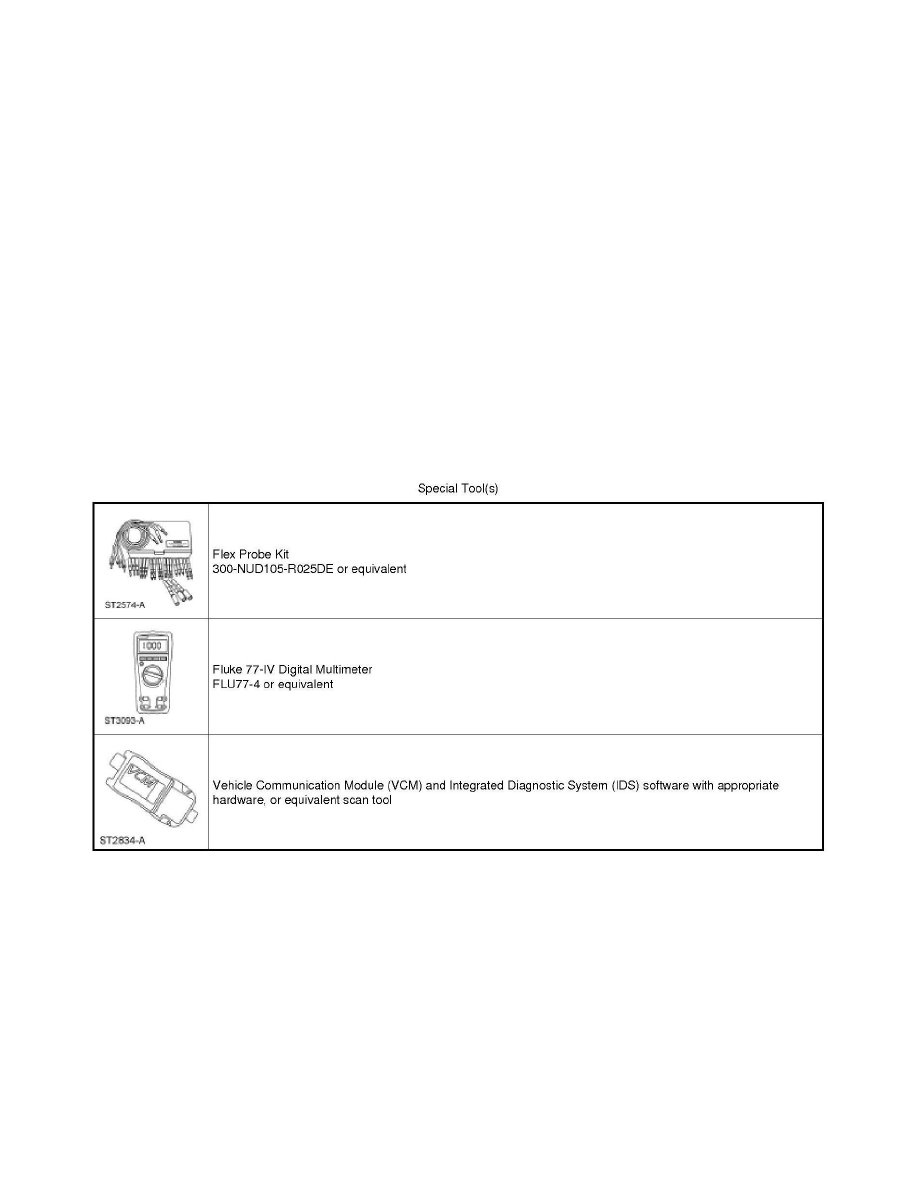Fusion FWD V6-3.5L (2010)

-
Ignition ON.
-
Connect the scan tool.
-
Using the scan tool, clear the DC/DC DTCs.
-
Enter the following diagnostic mode on the scan tool: Self Test - DC/DC.
-
Is DTC U3003:17 reported?
Yes
INSTALL a new DC/DC. REFER to Direct Current/Direct Current (DC/DC) Converter . REPEAT the self-test.
TEST the system for normal operation.
No
Concern is not present at this time. DTC U3003:17 was most likely set due to the 12-volt battery being recently jump started or incorrectly charged using
a battery charger. CLEAR the DTC. REPEAT the self-test. TEST the system for normal operation.
-------------------------------------------------
Pinpoint Test J: DTC U3003:62
High-Voltage Converter/Inverter
Pinpoint Tests
Pinpoint Test J: DTC U3003:62
Refer to Wiring Diagram Set 12 (Fusion/Milan/MKZ, Fusion Hybrid/Milan Hybrid), Charging System for schematic and connector information. See:
Diagrams/Electrical Diagrams/Diagrams By Number
Normal Operation
The DC to DC Converter Control Module (DC/DC) monitors the 12-volt battery system voltage internally at the B+ terminal of the DC/DC. The DC/DC
also monitors the PCM relay control circuit voltage and compares that voltage to the voltage sensed internally at the B+ terminal. If the 2 voltages vary
by greater than 4.3 volts, the DC/DC sets DTC U3003:62 and requests CHECK CHARGING SYSTEM be displayed in the message center. The DC/DC
will be in standby mode (DC/DC disabled) and the 12-volt battery will be drained. Reduced or no functionality of 12-volt systems (headlamps, HVAC
blower motor, etc.) may also be noticed.
-
DTC U3003:62 (Battery Voltage: Signal Compare Failure) - Sets when the DC/DC senses greater than 4.3 volts difference between the DC/DC
B+ terminal and the PCM relay control circuit.
